In IIS, I have the option to change the periodic restart settings which control when the app pool recycles. Most of the attributes make sense to me (memory, private memory, time) except one: "requests". The Microsoft documentation states that the "request" attribute:
"Specifies that the worker process should be recycled after it processes a specific number of requests. The default value is 0, which disables the attribute."
My question is: since the default value allows unlimited requests (which makes sense to me), then why would it be advantageous for a production app to limit these requests? An app pool recycles would lose the session data for the app, which seems a bit silly to do just because many requests have gone by. Is limiting the number of server request something that would protect against DDOS attacks or some other concern that I'm overlooking? Why would anyone want to have the app pool recycle just because the application is being used?
documentation: https://learn.microsoft.com/en-us/iis/configuration/system.applicationhost/applicationpools/add/recycling/periodicrestart/index
